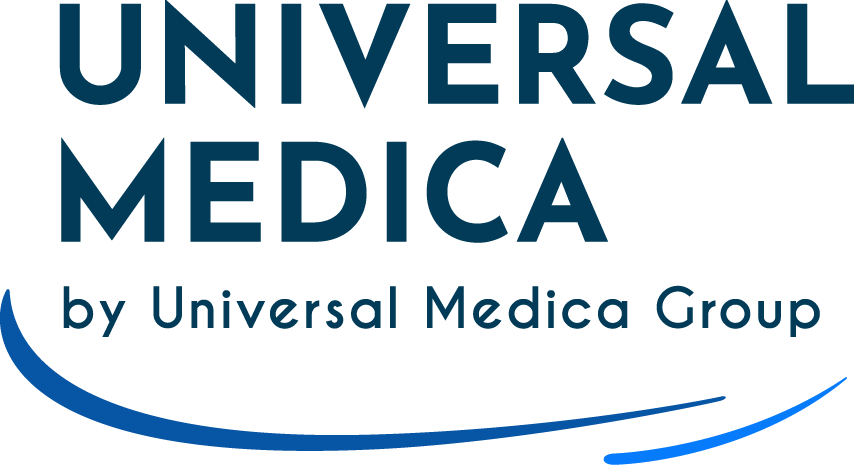The EMA is introducing new features to its Priority Medicines Initiative (PRIME) to support the development of medicines in areas of unmet medical need and speed up the approval process in the European Union.
The new features include:
- Establishing a roadmap and product development tracker for each PRIME development.
- Providing expedited scientific advice specific to PRIME developments for issues with a particular development program that has already received comprehensive initial advice.
- Holding submission readiness meetings with developers one year before MA submission.
As of the end of 2022, the PRIME scheme has already supported 26 medicines with positive recommendations for approval in the EU. With these updates, the PRIME Programme is expected to be even more effective in supporting the development of innovative medicines.
How to qualify for the EMA PRIME (Priority Medicines) Scheme?
The European Medicines Agency (EMA) launched the PRIority MEdicines (PRIME) scheme in 2016, which aims to provide additional support for developing medicines to address unmet medical needs. It is a voluntary programme that involves early and proactive collaboration between regulators and applicants to optimise the development process and speed up the evaluation process, ultimately allowing patients to receive treatments sooner.
Through PRIME, the EMA provides guidance and support to drug developers to generate reliable data on the benefits and risks of a medicine and to enable faster assessment of drug applications. PRIME aims to help speed up the process of approving medicines that promise to improve patients’ lives.
PRIME builds on existing regulatory frameworks and tools, such as scientific advice and accelerated assessment. Developers whose medicines benefit from PRIME may be eligible for accelerated assessment during the marketing authorisation application process.
Through early engagement with drug developers, PRIME aims to improve the scientific evidence generated and ensure that the data generated is suitable for the assessment of a marketing authorisation application. It also helps to ensure that patients are only enrolled in the trials necessary to generate the required data, making the best use of limited resources.
The eligibility criteria for the PRIME scheme
The PRIME programme is only open to medicinal products under development that are not authorised in the EU and for which the applicant intends to apply for an initial marketing authorisation through the centralised procedure.
The eligibility criteria for PRIME are the same as the accelerated assessment criteria for the EMA’s MAA but are applied earlier in the drug development process when there is more uncertainty. Any sponsor involved in the early clinical trial phase of drug development can apply for inclusion in the PRIME scheme, as long as they can provide preliminary clinical evidence of the drug’s promising activity and potential to address a significant unmet medical need.
Academic institutions and micro, small and medium-sized enterprises (SMEs) may apply for eligibility at an earlier stage of development if they are able to provide compelling non-clinical data showing promising activity in a relevant model, proof of principle and first-in-human studies demonstrating adequate exposure for the desired pharmacotherapeutic effects and tolerability.
To be eligible for the PRIME programme, drugs must address diseases with unmet medical needs, meaning that there is no satisfactory method of diagnosis, prevention or treatment in the EU, or even if there is, the drug will provide a significant therapeutic benefit to those affected.
In addition, the medicine should have the potential to address the unmet medical need to a significant extent by introducing new therapies or improving existing ones. The available data must support the claim that the drug has the potential to provide a significant therapeutic benefit to patients with the condition.
To find out more about how to apply and to view the regulatory roadmap and development tracker, click on the link




